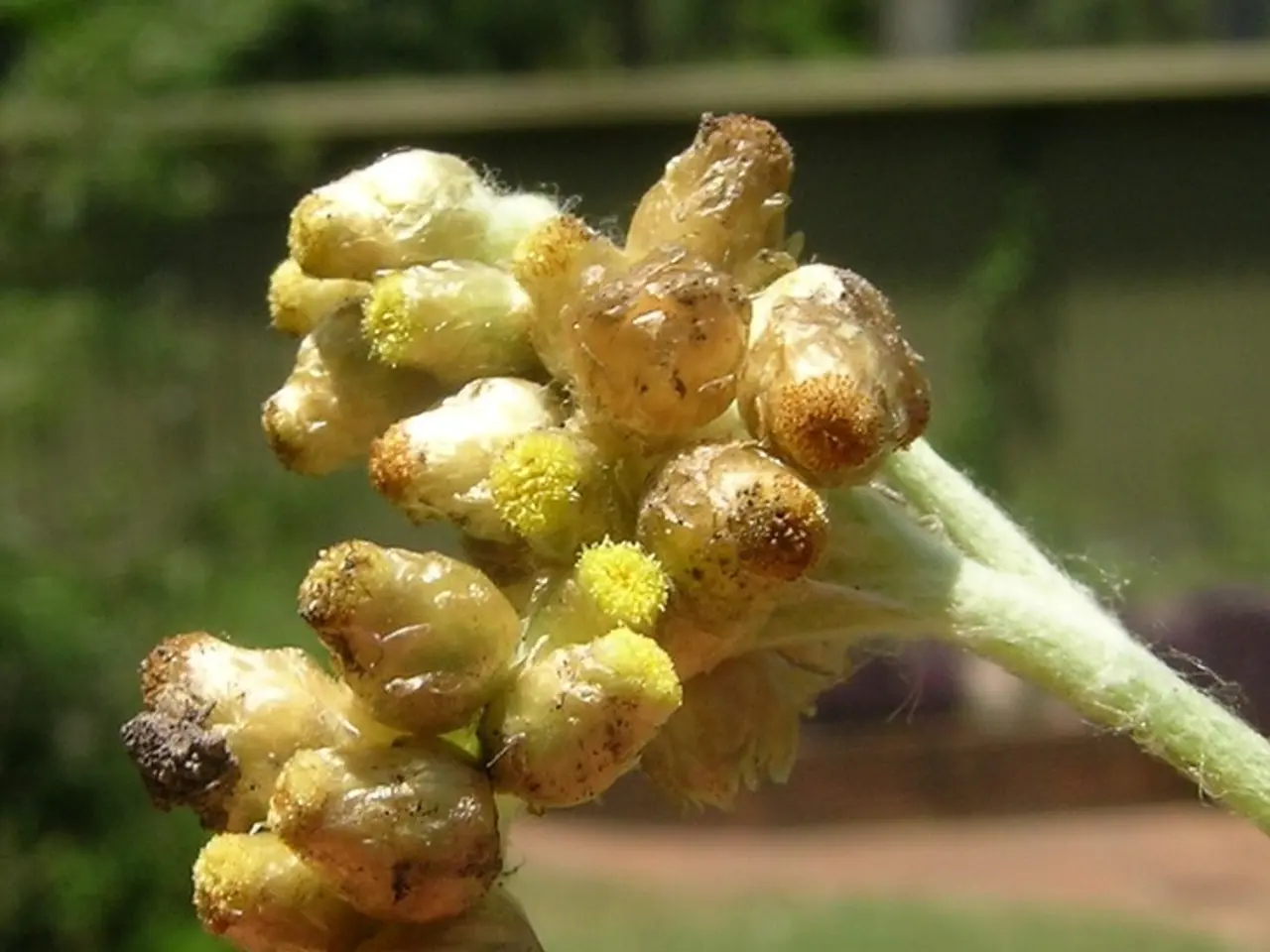Grass-like evergreens offer a well-mannered substitute for bamboo, offering all-season appeal.
Restios, also known as restiads or cape reeds, are a fascinating group of evergreen, grass-like plants native to southern Africa, particularly the fynbos biome. These unique plants, belonging to the Restionaceae family, consist of around 50 genera and are known for their robust, clump-forming structure.
Restios are characterised by their upright stems, often tufted with feathery foliage and topped with small, greenish-yellow flowers that develop into shiny brown nutlets, or seedpods. Some species, like Restio subverticillatus, can grow up to 1.5m tall and 1m wide, while others, such as Elegia deusta, are smaller, reaching only 30-35cm in height and 15-20cm in width.
One of the distinctive features of restios is their small flowers offset by ornamental bracts, with leaves reduced to sheaths on the verdant stems. Many species, like Elegia cuspidata and Elegia mucronata, boast dense flowerheads surrounded by coppery bracts, creating a visually striking display.
Restios are dioeceous, meaning they have male and female plants. This unique reproductive strategy is common among many restio species, such as Elegia tectorum and Cannomois grandis, which features dramatic flower spikes and feathery, finely divided foliage.
These hardy plants are well-adapted to growing in well-drained soils, often sandy and nutrient-poor, similar to those preferred by proteas and other Cape flora. Restios generally prefer full sun to light shade and have moderate water needs, making them suitable for Mediterranean-like climates with mild winters and cool, wet summers.
Restios are found in all continents of the Southern Hemisphere and are increasingly being recognised for their ornamental value in landscaping. Species like Staberoha aemula, with its fine stems and fluffy caramel-coloured inflorescences, are well-suited for smaller spaces, while Thamnochortus insignis, with its upright, boldly striped stems and highly ornamental flowerheads, can create a dramatic focal point in larger gardens.
In addition to their aesthetic appeal, restios are often used in traditional practices, such as Elegia tectorum, which is traditionally used as a thatching reed in South Africa.
When cultivating restios, it is essential to provide well-drained, neutral-to-acid soil and full sun. With proper care, these charming, grass-like plants can thrive and add a unique touch to any garden.
Flowers of restios, like those of Elegia cuspidata and Elegia mucronata, are visually striking with dense heads surrounded by coppery bracts, enhancing the landscape in home-and-garden settings. Restios, with their ornamental value, are increasingly used in landscaping in various parts of the Southern Hemisphere. Proper care, including well-drained, neutral-to-acid soil and full sun, is essential for growing these unique plants, adding a touch of charm to one's lifestyle through their presence in gardens.




